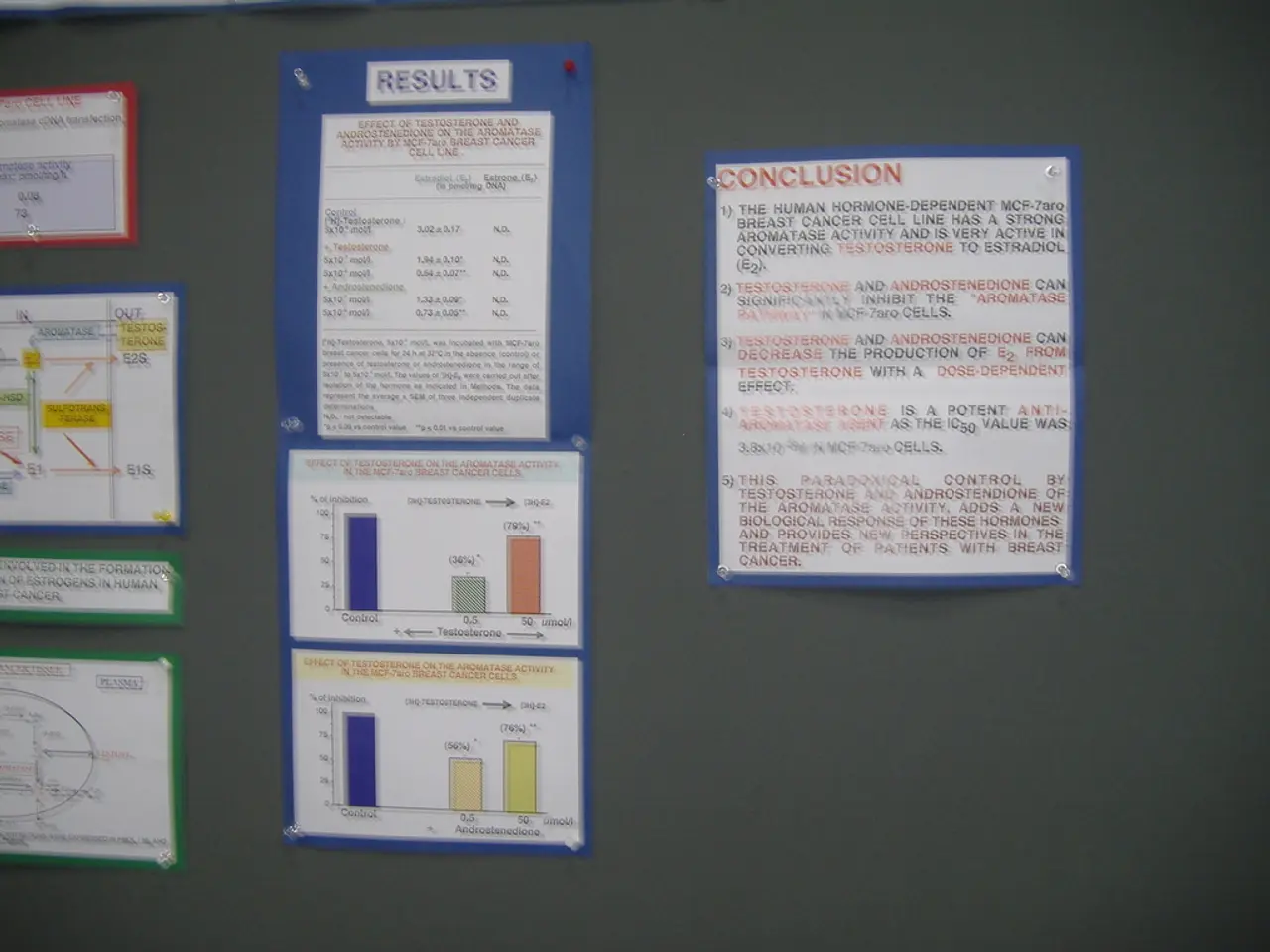NLRB vs German Labor Laws: How They Protect Unionization
In the US, the National Labor Relations Board (NLRB) safeguards employees' rights to form unions and engage in collective bargaining. Established by the National Labor Relations Act of 1935, also known as the Wagner Act, the NLRB plays a crucial role in maintaining fair labor practices. Unlike Germany, which primarily relies on laws and labor courts, the NLRB has a specific federal agency dedicated to this purpose.
The NLRB's responsibilities are wide-ranging. It protects employees' rights to discuss wages, benefits, and working conditions with coworkers, and to take action together to improve these aspects. Employees can also form unions, engage in collective bargaining, and in some cases, go on strike. The NLRB oversees the union election process and settles disputes between labor and management.
In Germany, while there's no equivalent federal agency, employees' rights to unionize and bargain collectively are protected by laws such as the Basic Law, Article 9, and the Collective Bargaining Act. Disputes are typically handled by labor courts. Understanding these differences is vital for HR professionals to ensure compliance with labor laws and foster positive employee relations in their respective countries.
The NLRB's role in the US and the legal framework in Germany both aim to protect employees' rights to unionize and bargain collectively. However, the methods and structures differ. HR professionals should familiarize themselves with these systems to navigate labor laws effectively and maintain positive employee relations.






